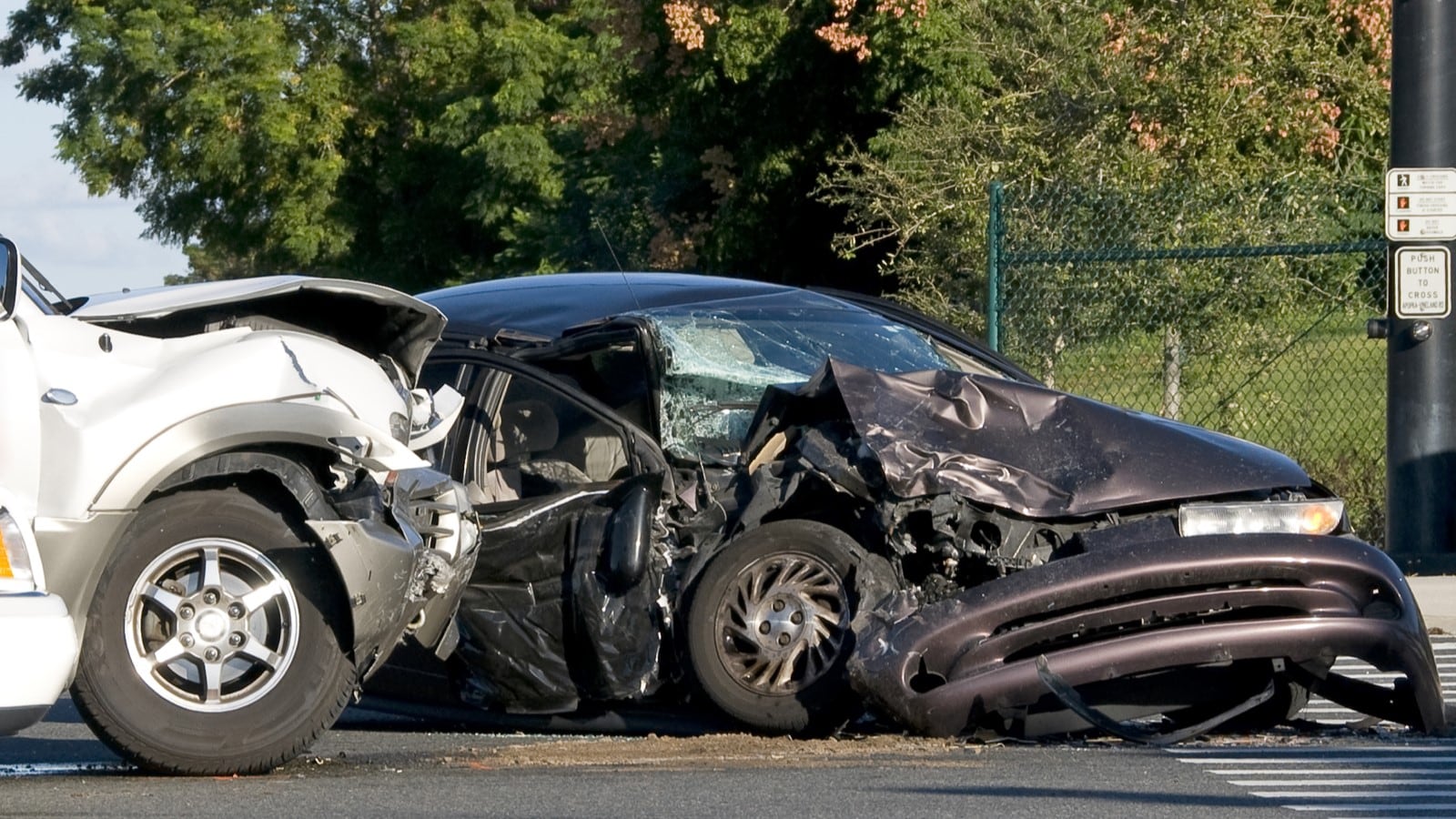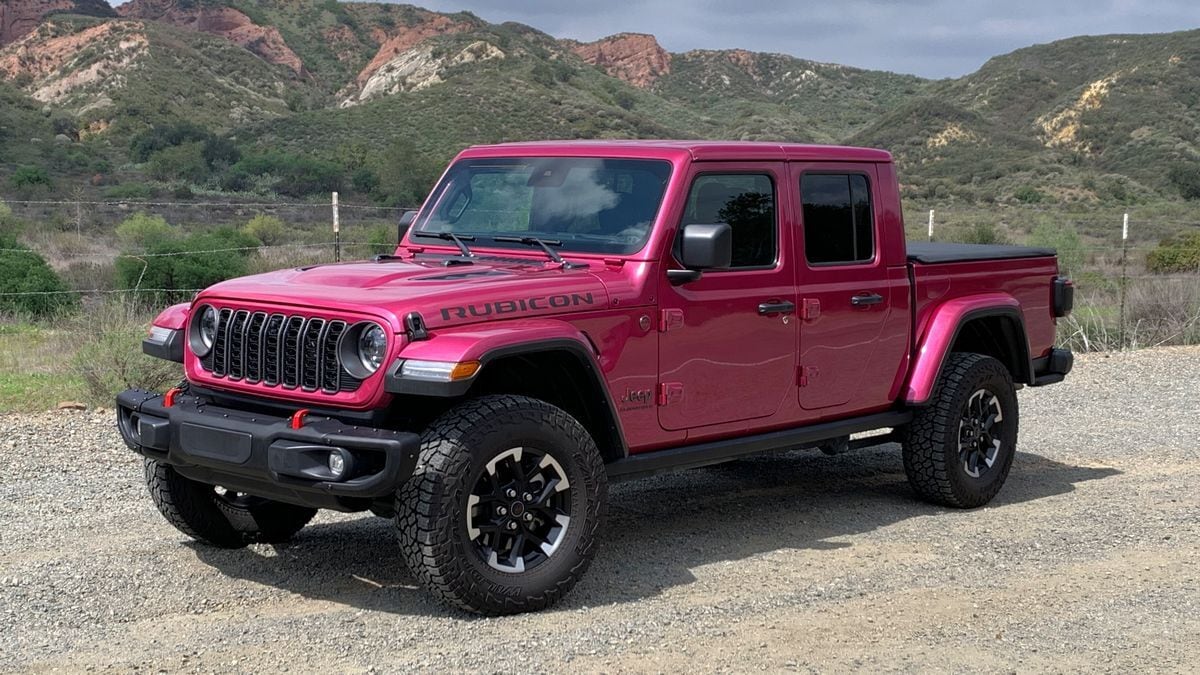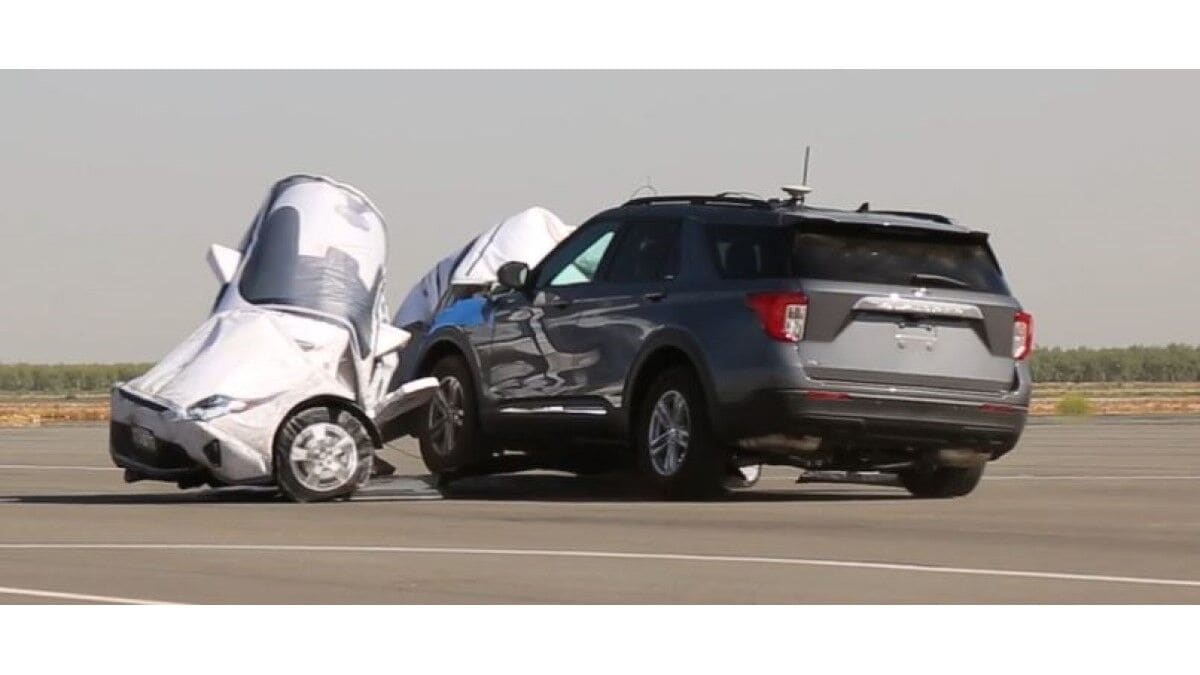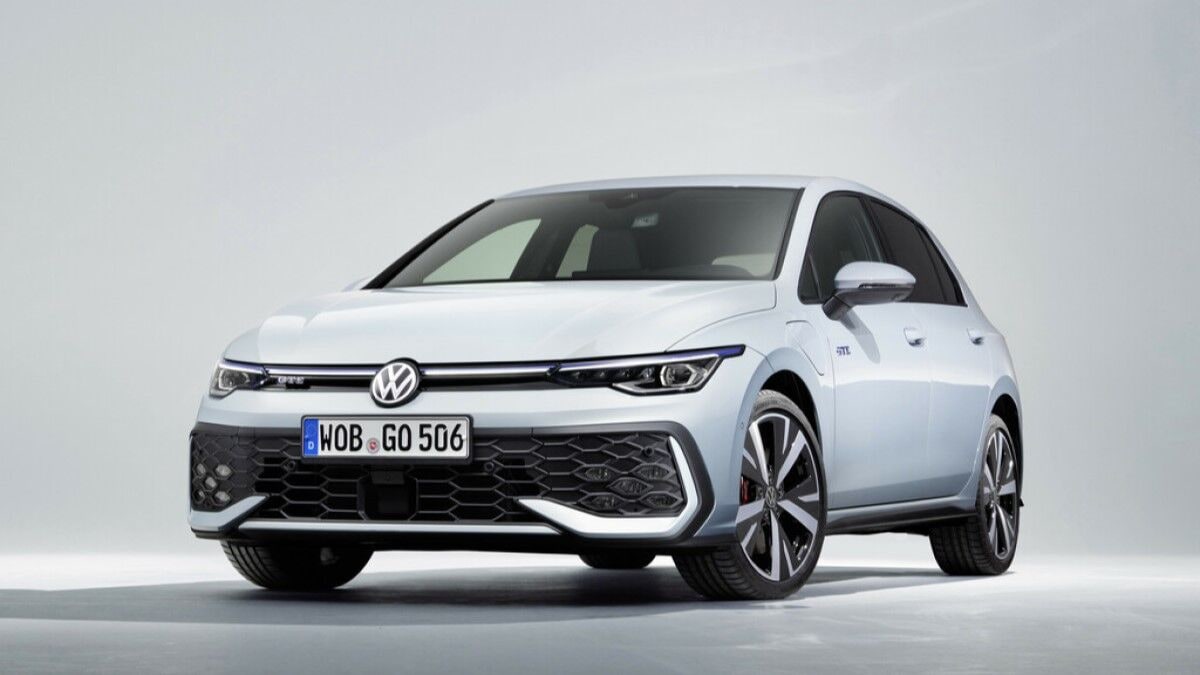Conventional wisdom says that, in an accident, the larger vehicle is the safest place to be. One of America’s most prominent car safety watchdogs, however, says that isn’t necessarily true.
“There’s a clear ceiling to the notion that bigger is safer,” writes the Insurance Institute for Highway Safety (IIHS).
Related—Study: Taller Vehicles Are More Dangerous to Pedestrians
What Is the IIHS?
Car insurance companies have a financial incentive to make sure cars are safe, and accidents are rare.
To promote safety, insurance companies operate their own safety watchdog group. The IIHS, funded by a consortium of insurance companies, conducts crash testing and studies how to make cars safer in accidents.
New Research: There’s an Upper Limit to Safe Car Size
For a new study, IIHS researchers “examined two-vehicle crashes that occurred between 1- to 4-year-old cars, SUVs and pickups,” the institute explains. “They looked at two periods, 2011-16 and 2017-22, and calculated driver death rates for vehicles and their crash partners per million registered vehicle years (i.e., one vehicle registered for one year).”
In the earlier set, they found that “car occupants were 90% more likely to die in crashes with SUVs weighing more than 5,000 pounds as in crashes with other cars.”
In the later set, “those heavy SUVs were only 20% more likely than cars to result in car-partner fatalities.”
They also found an upper limit to the advantage size conveys.
Related: US Proposes New Safety Rules for Tall Trucks, SUVs
For vehicles that weigh less than the average car, the IIHS says, “the risk that occupants will be killed in a crash decreases substantially for every 500 pounds of additional weight. But those benefits top out quickly. For vehicles that weigh more than the fleet average, there’s hardly any decrease in risk for occupants associated with additional poundage.”
Heavier vehicles proved more likely to kill occupants of other cars but not more likely to protect their own occupants.
Thank a Design Change for Increased Survivability
The difference, the institute says, comes thanks to a design change.
“Beginning in 2009, as part of a voluntary commitment that IIHS helped broker, automakers changed the front ends of their SUVs and pickups to make them align better with cars’ energy-absorbing structures.”
Related: The Deadliest and Least Deadly Cars
The shift seems to have worked.
“Largely as a result of those changes, both SUVs and pickups are substantially less dangerous to people in cars than they were earlier,” the IIHS says.








